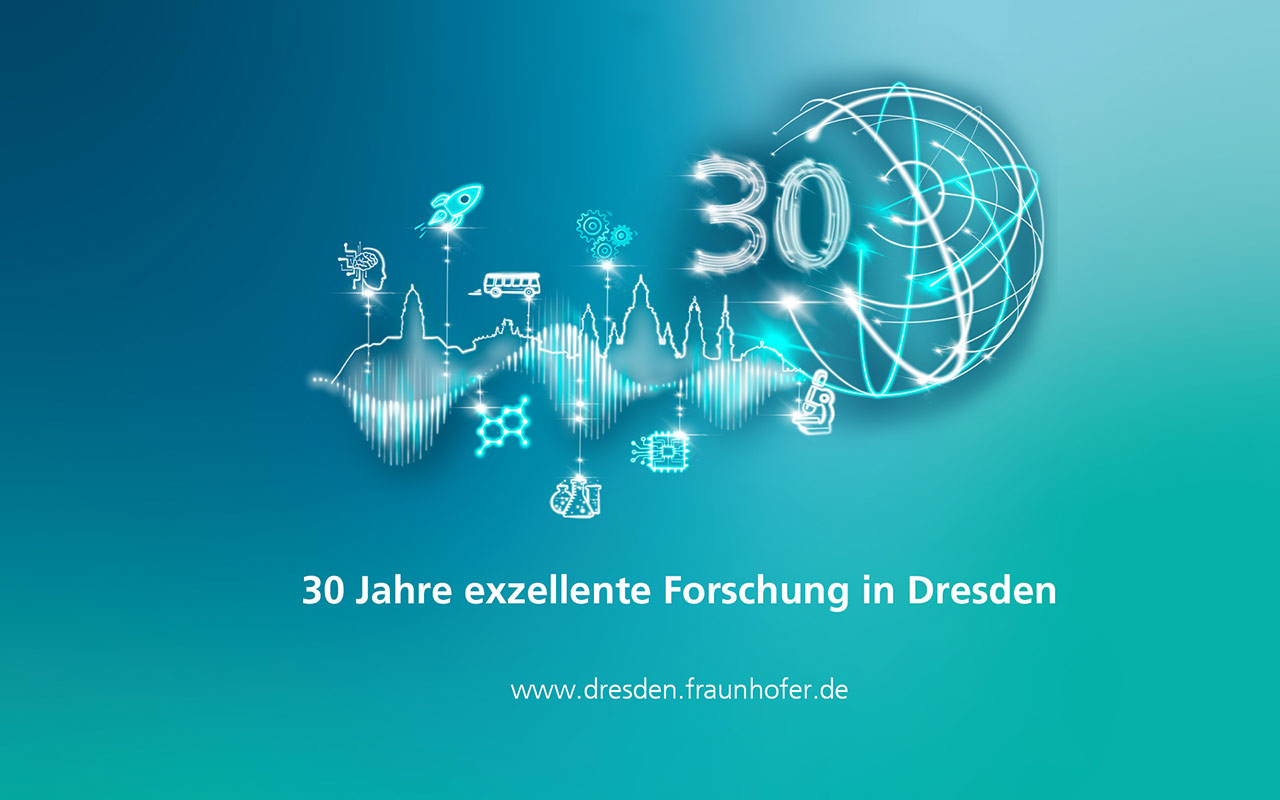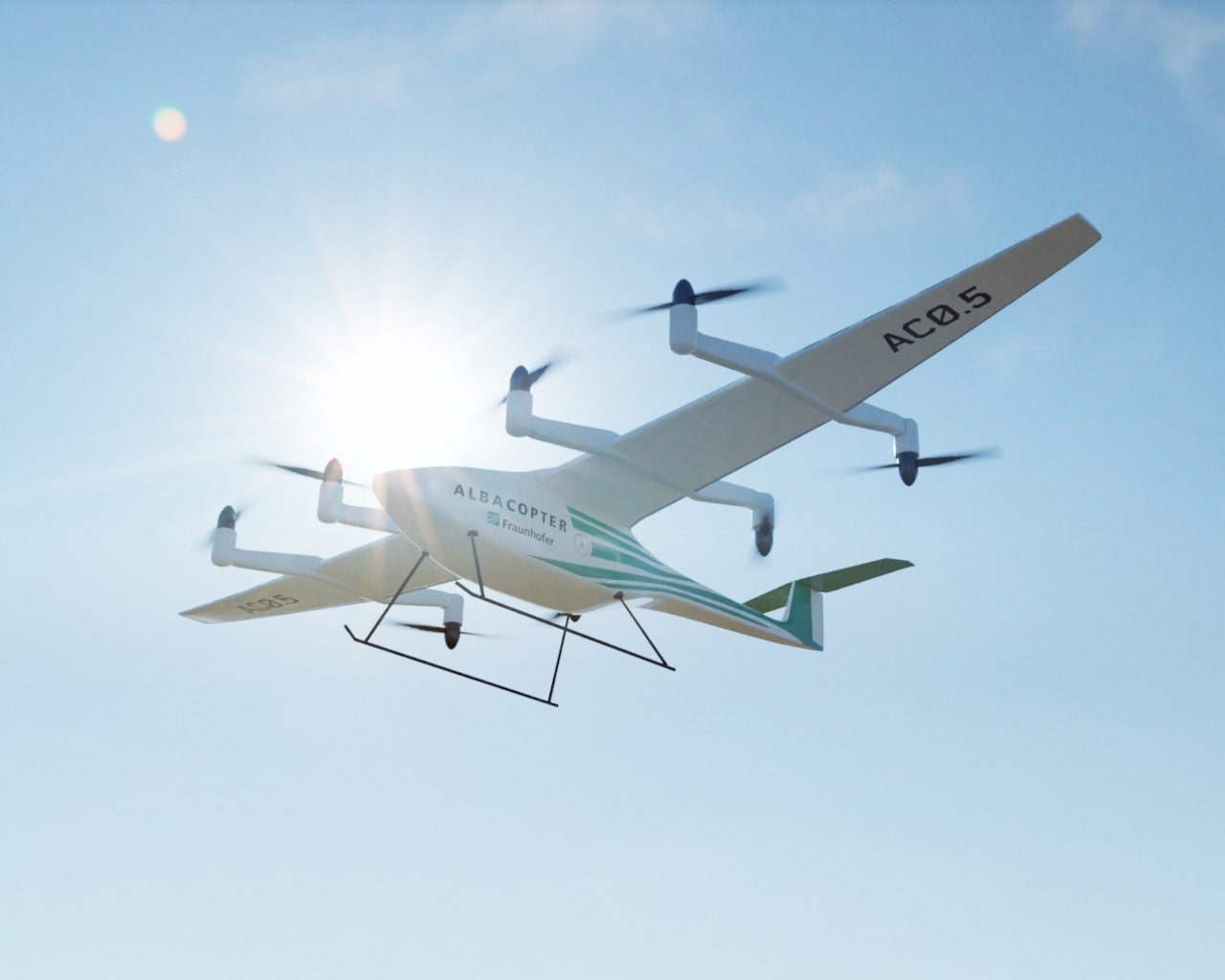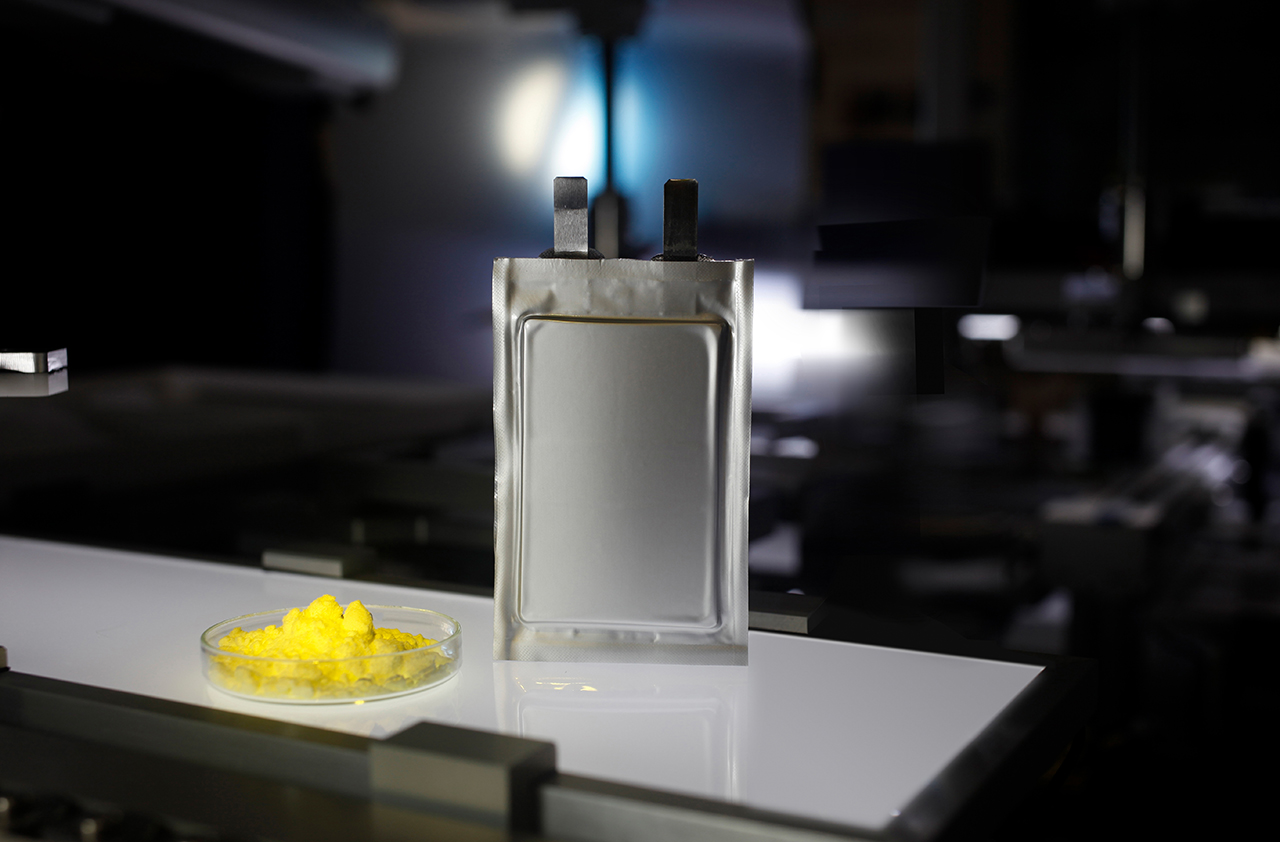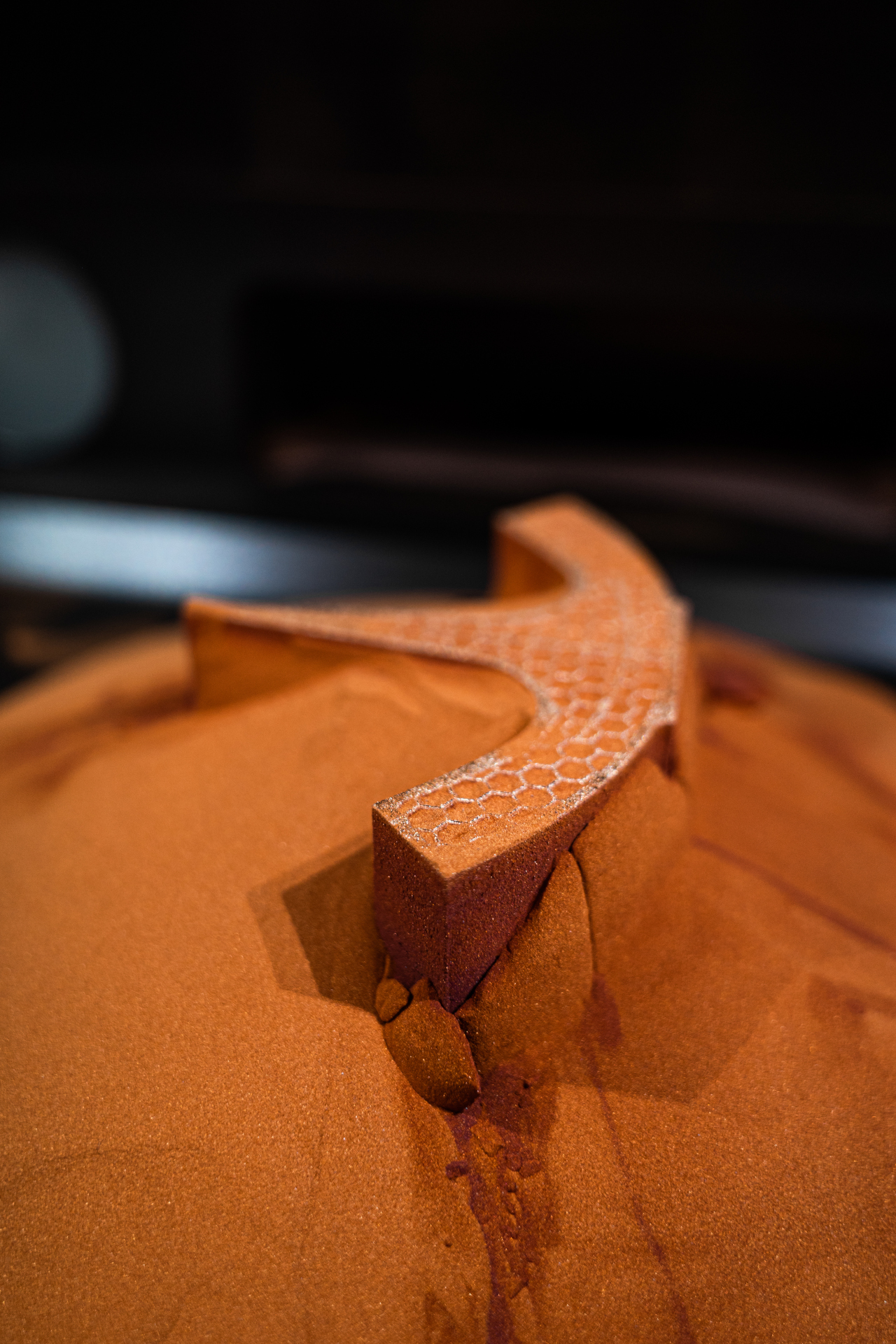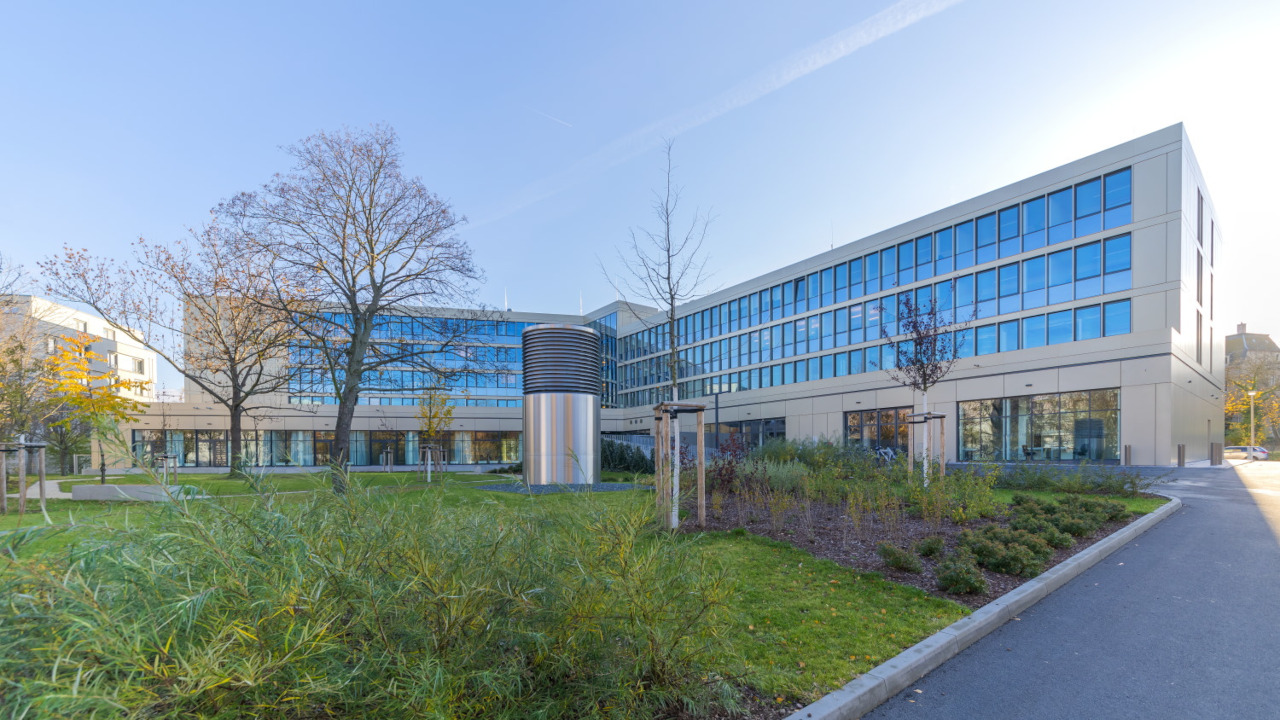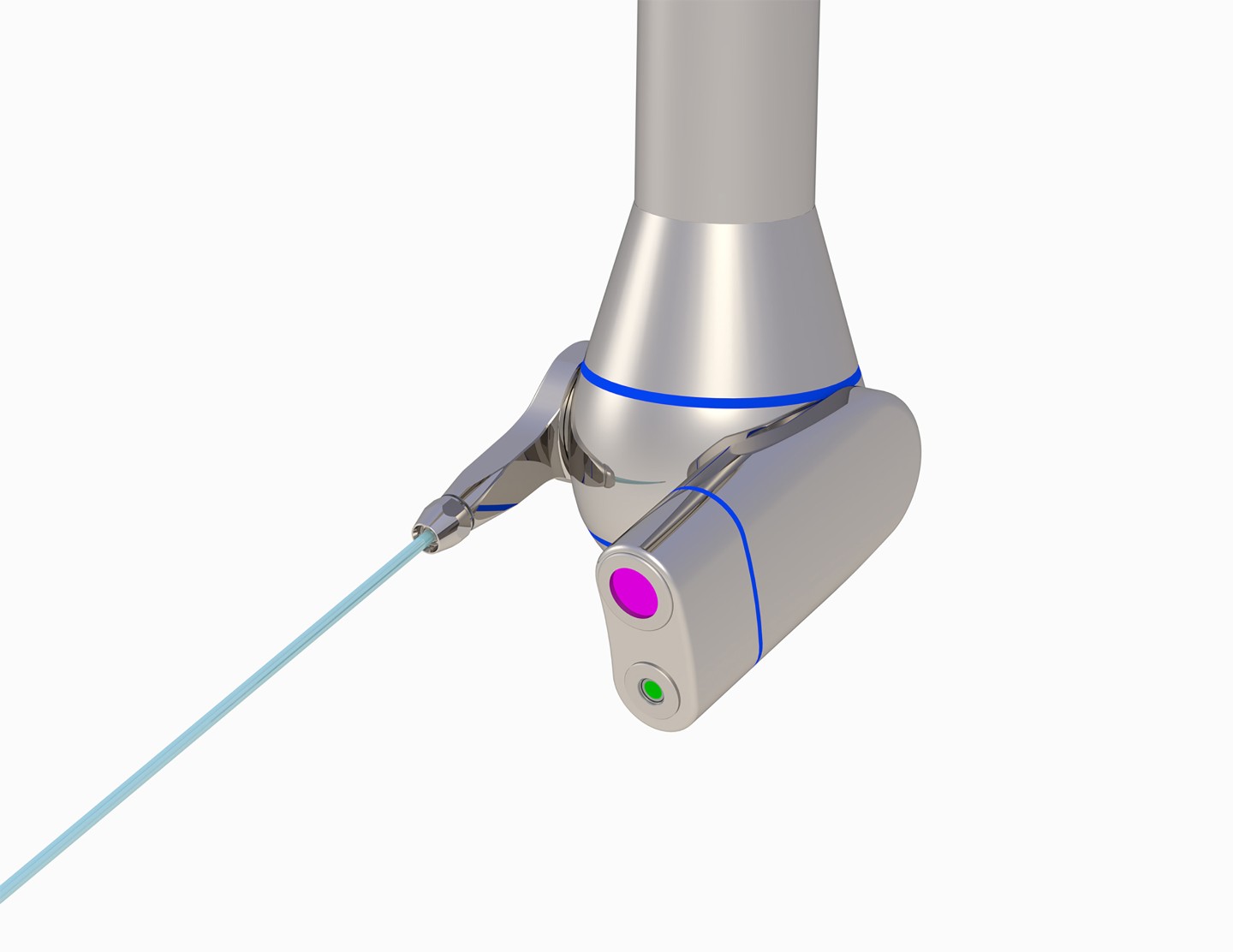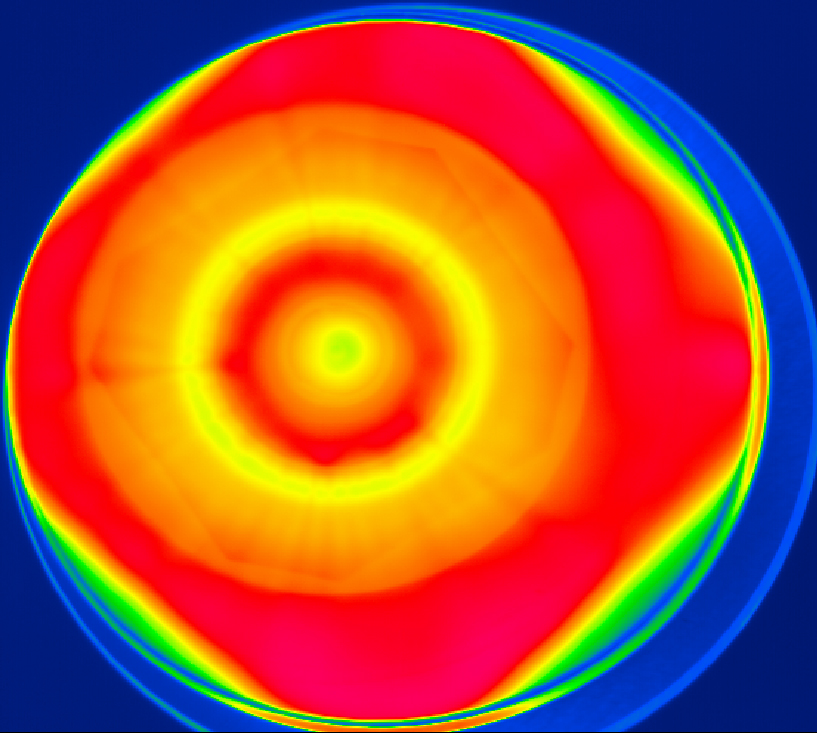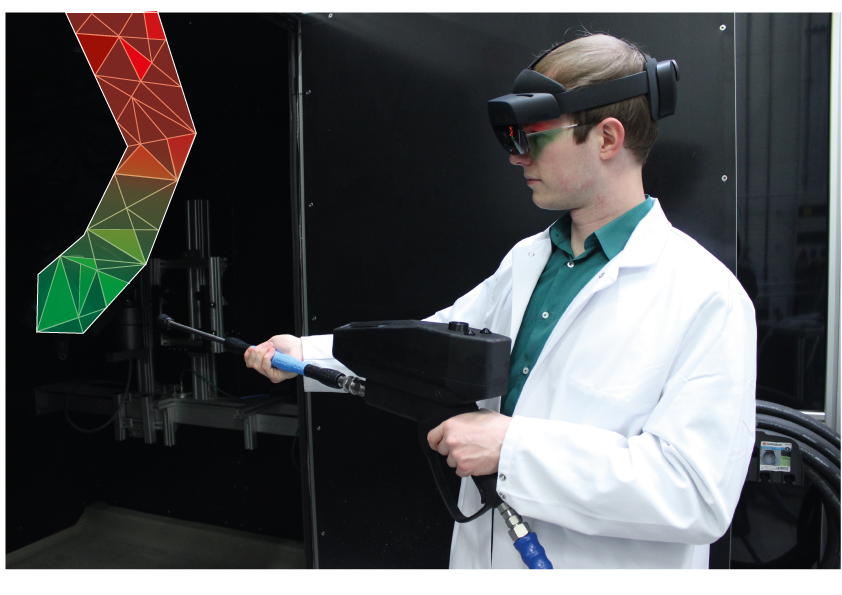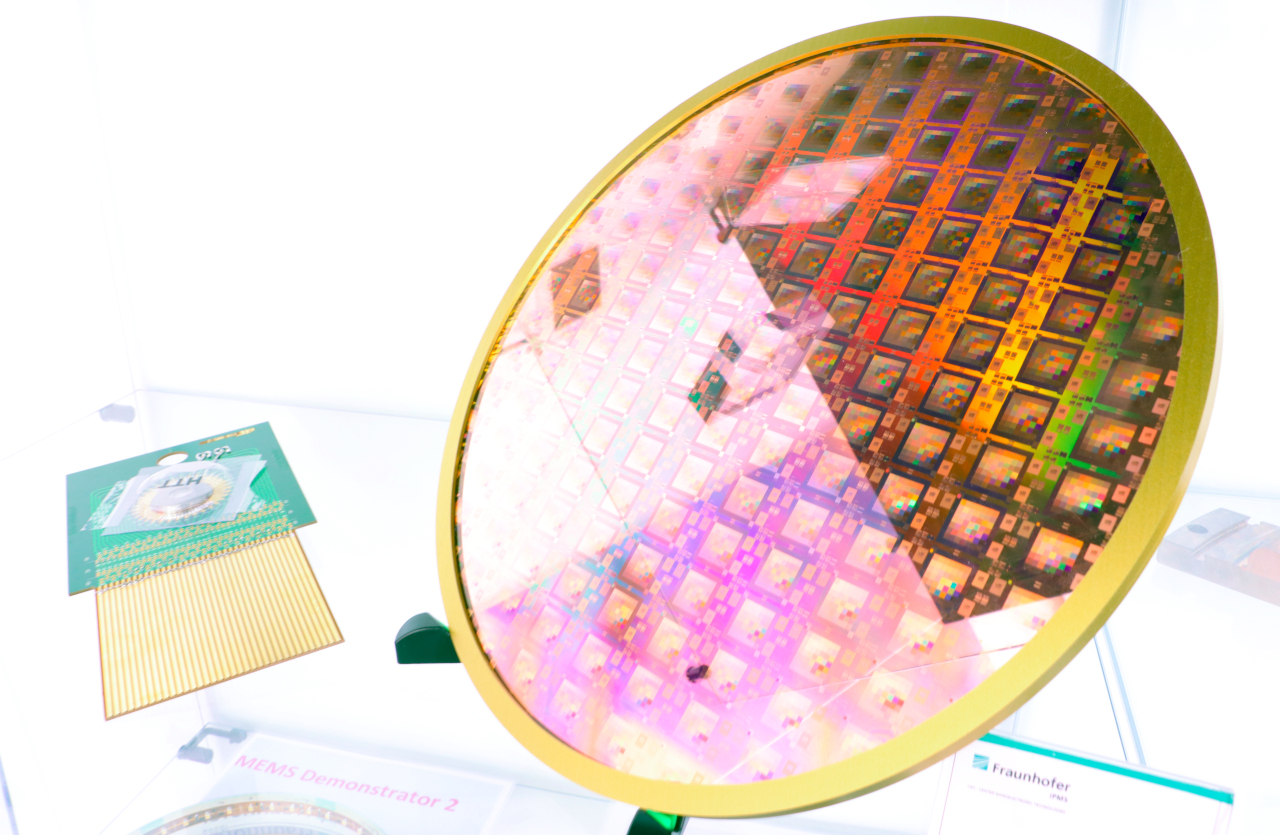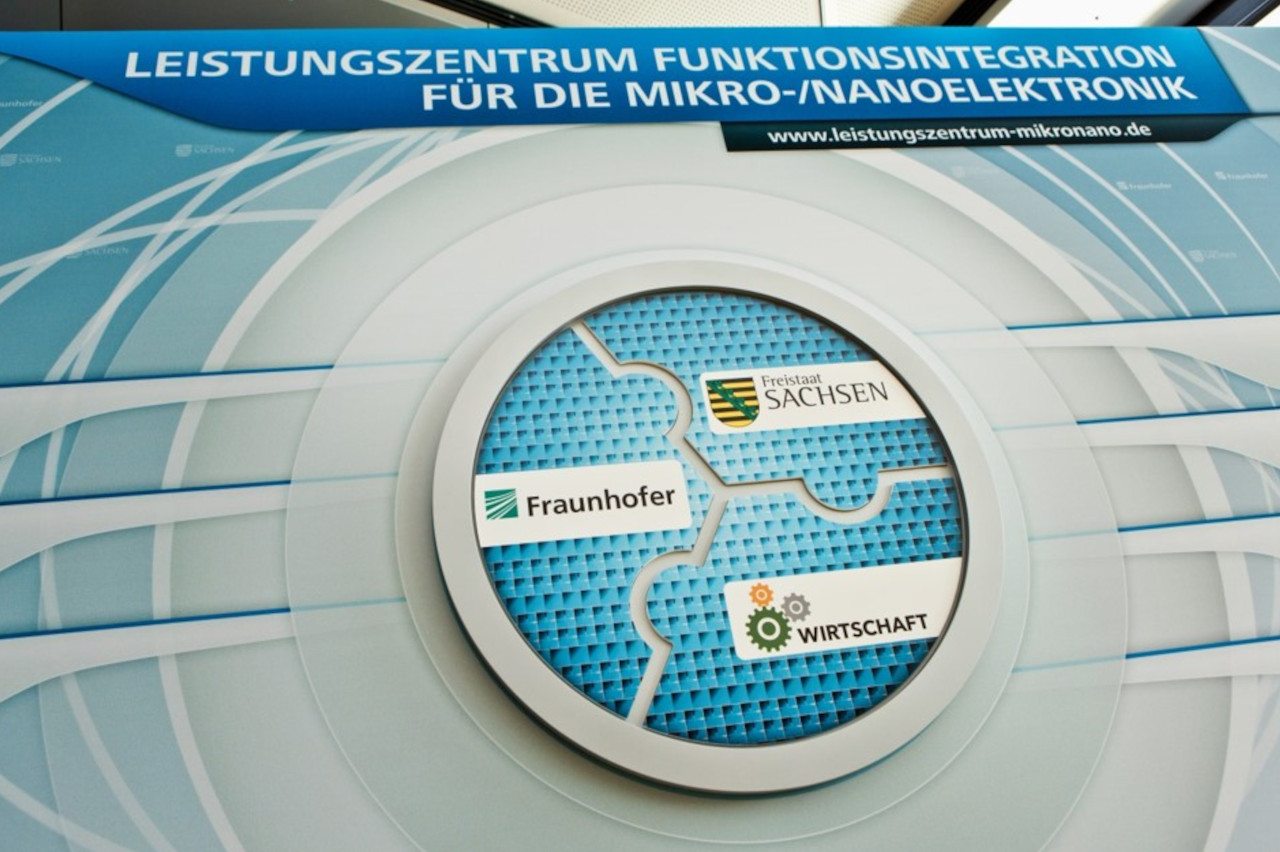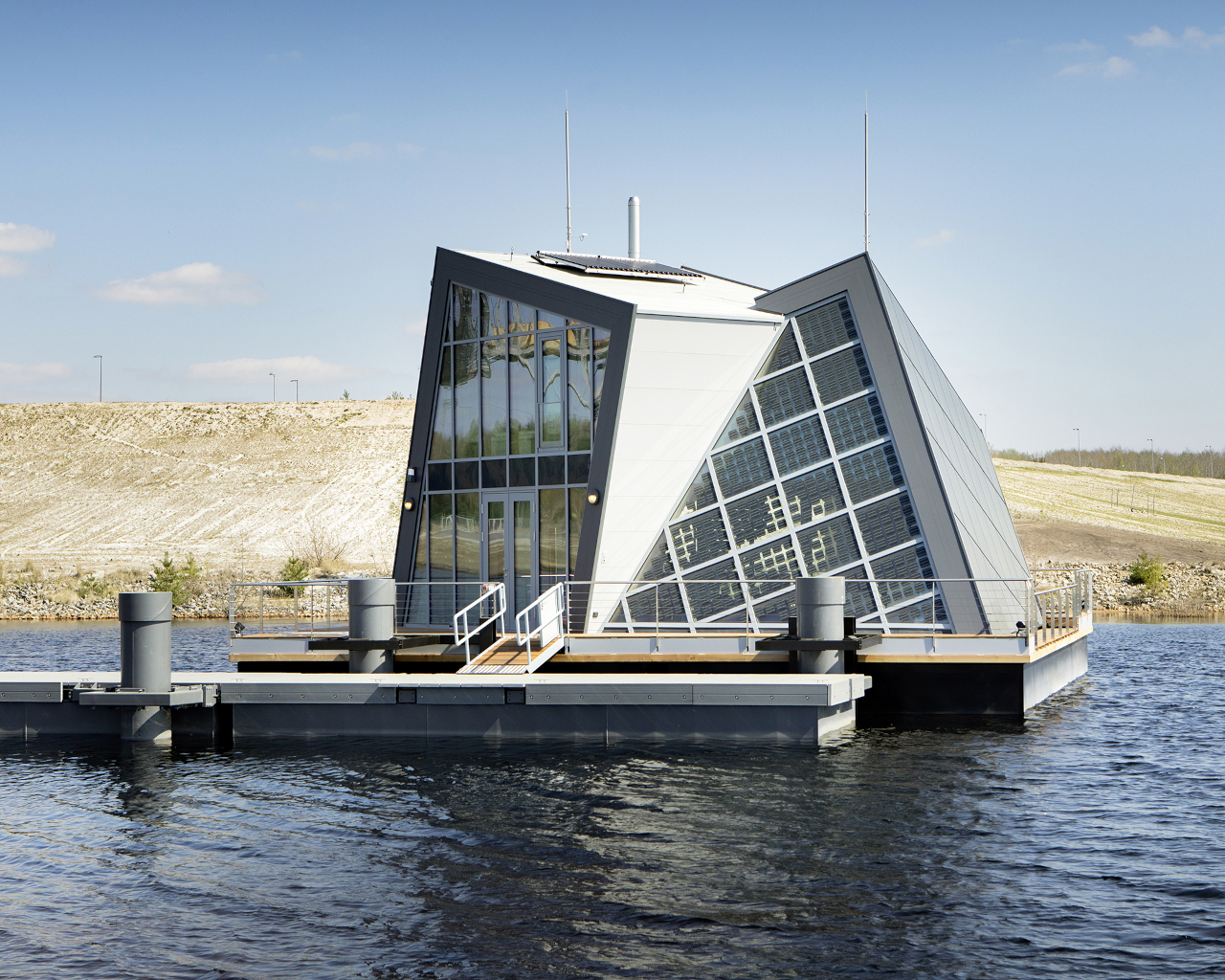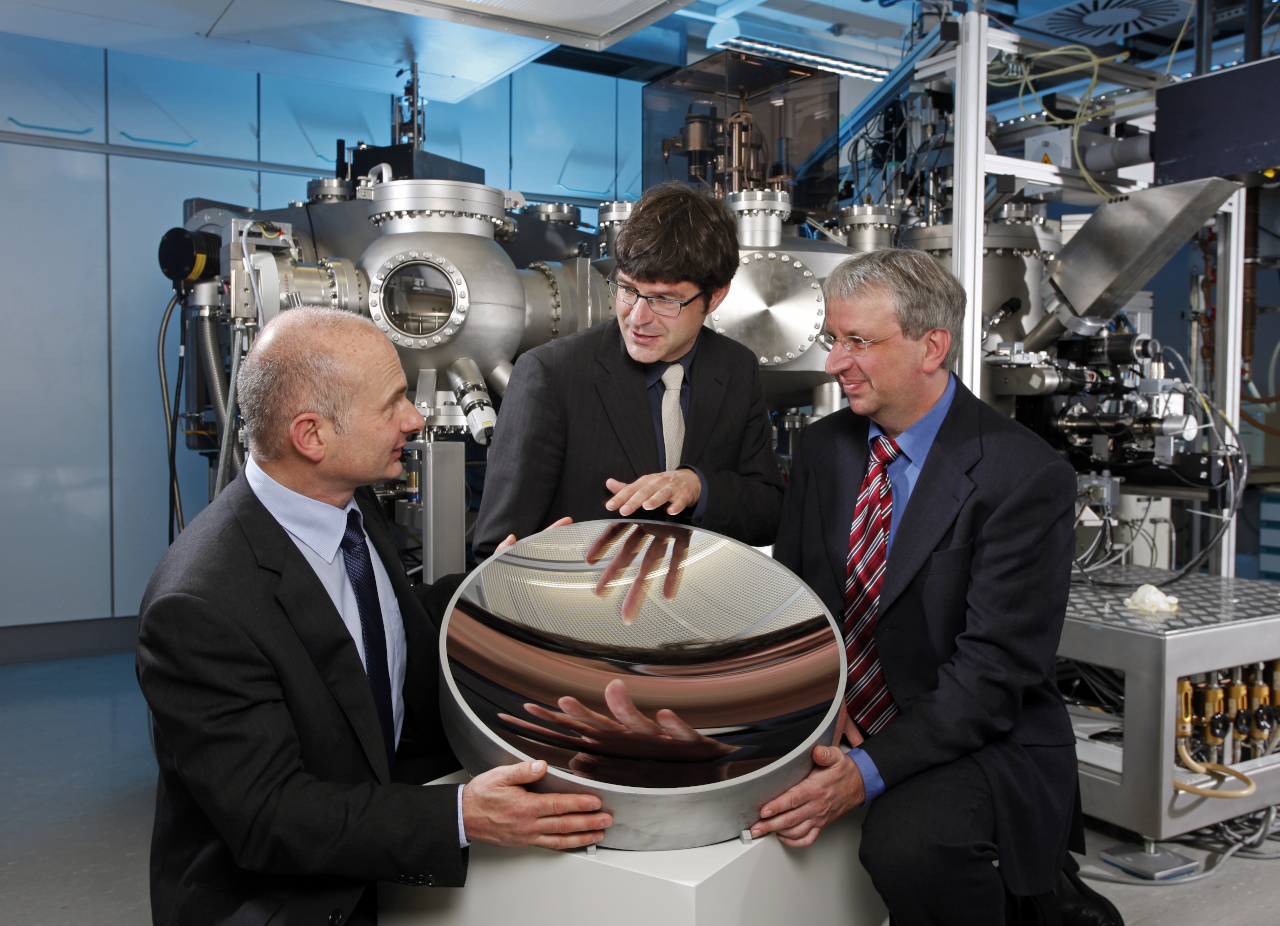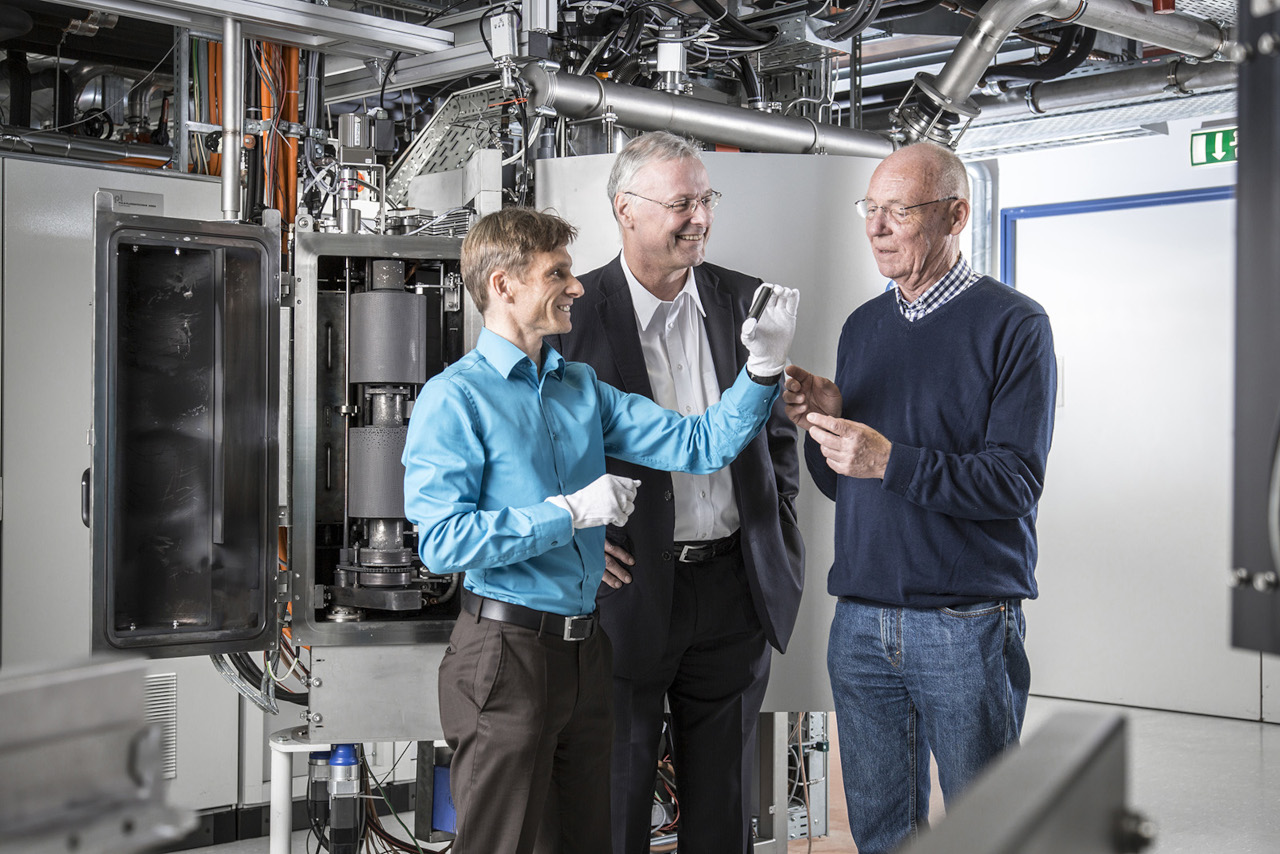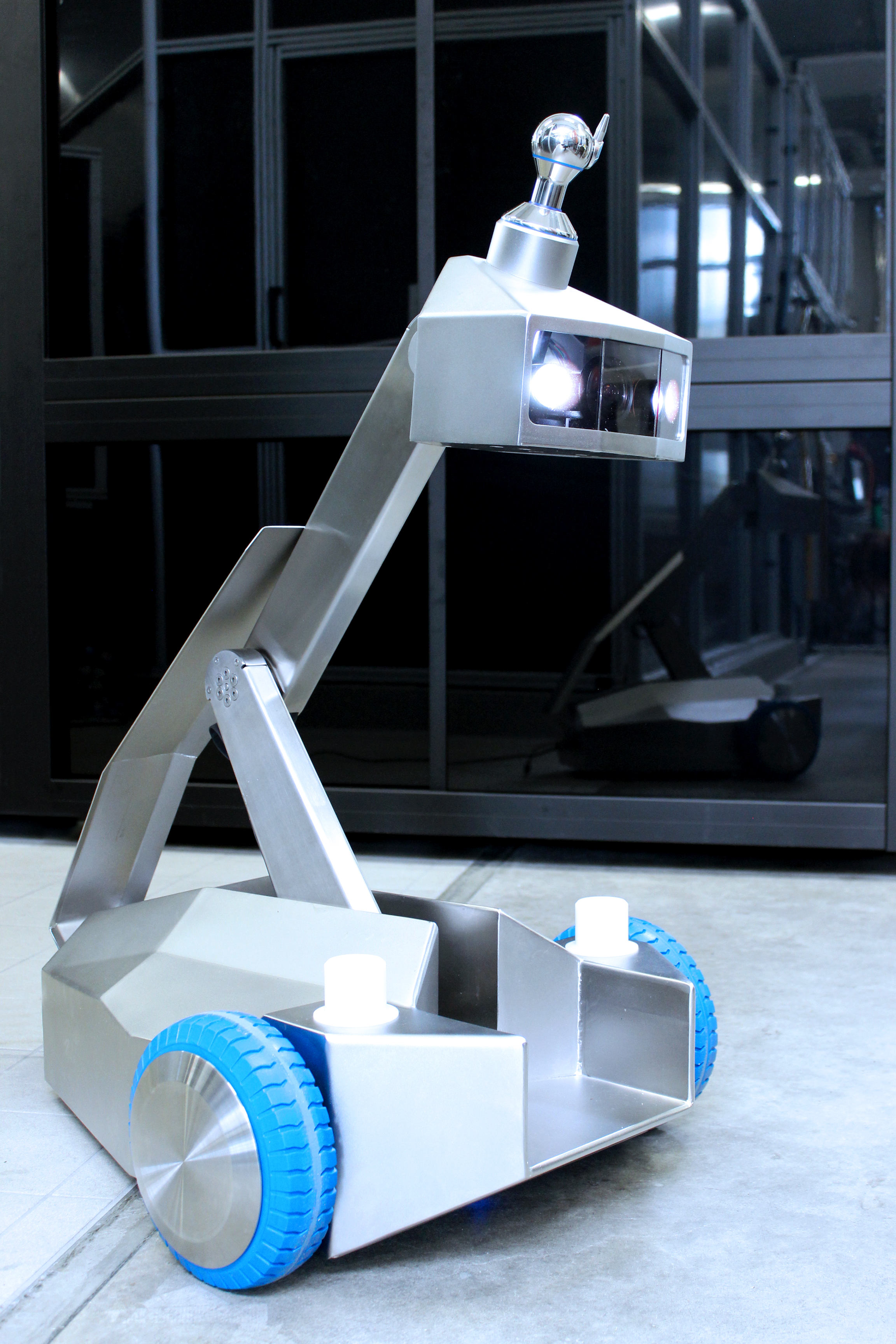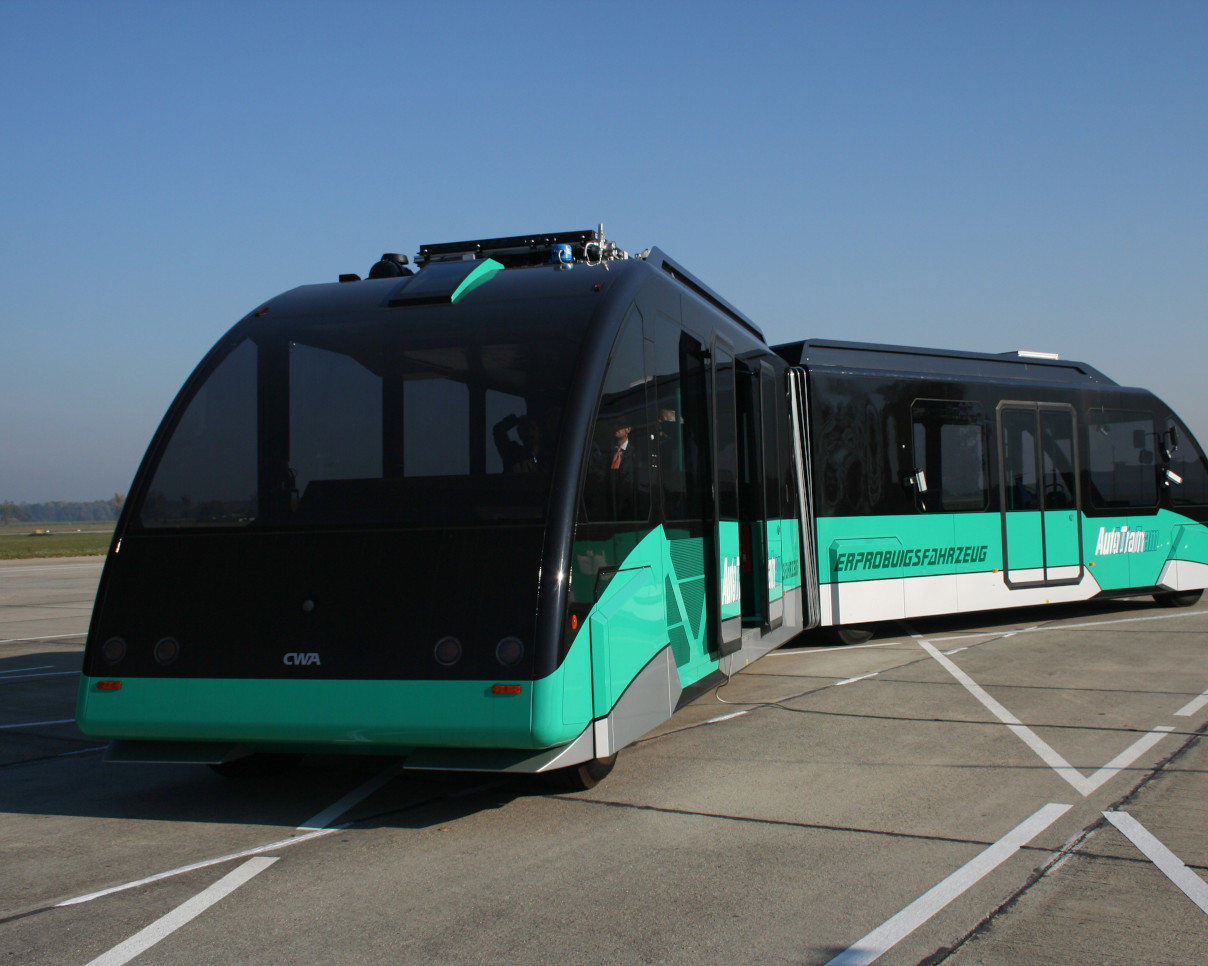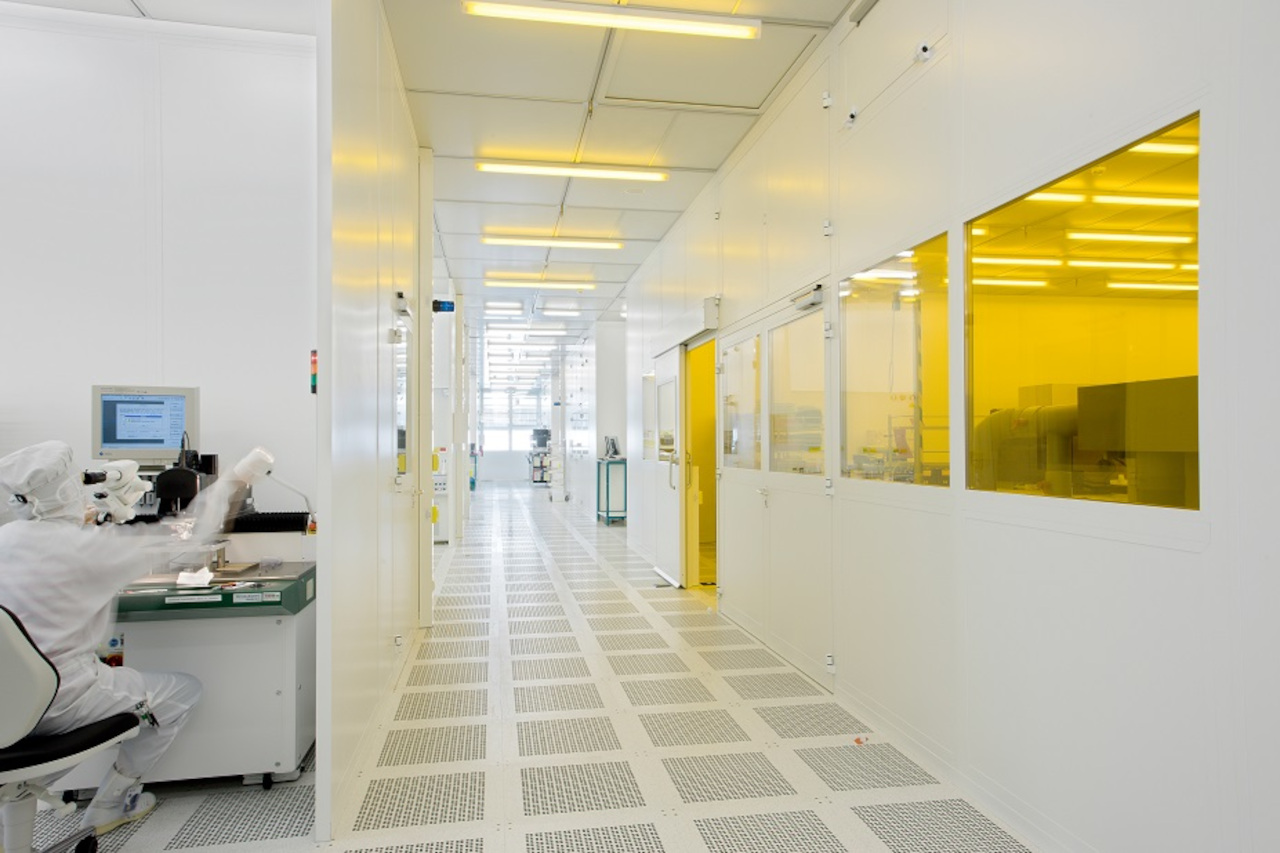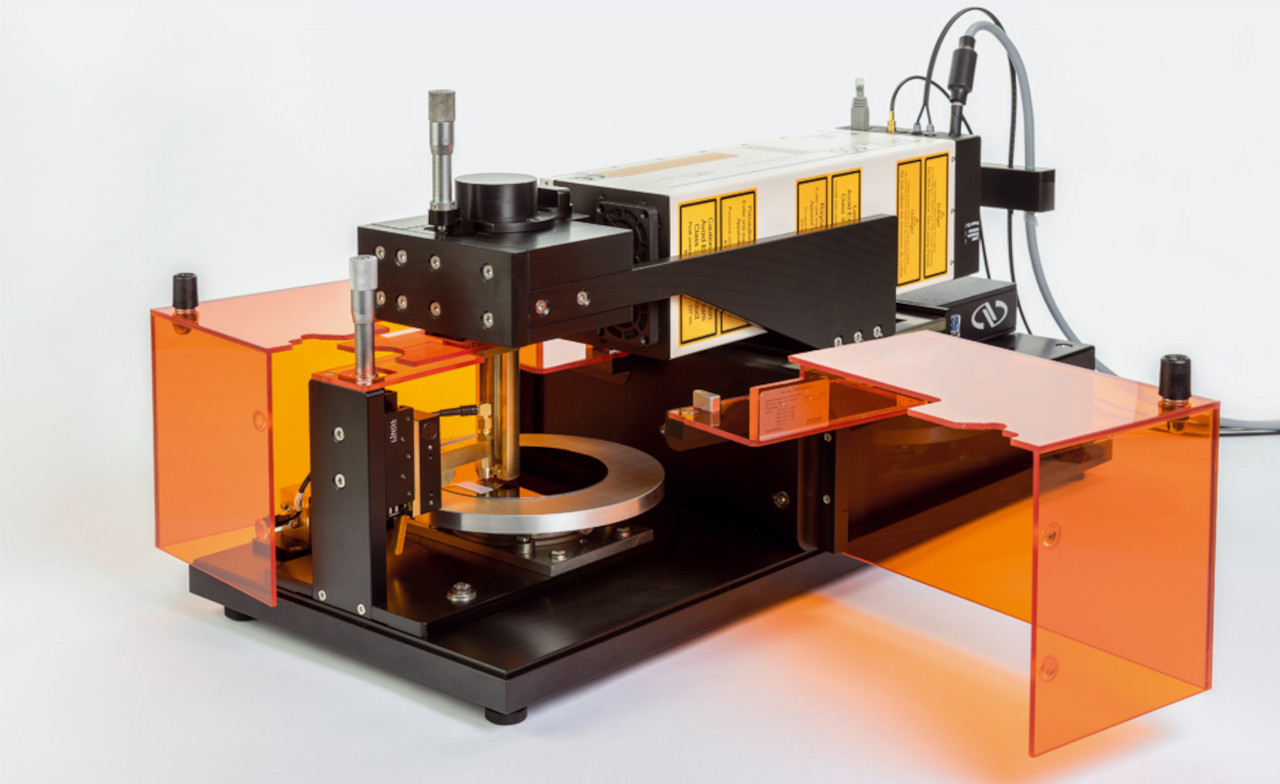Celebrate with us!
In 2022, the Dresden institutes of the Fraunhofer-Gesellschaft are celebrating a special anniversary: For around three decades, they have been contributing to the successful research of the Saxon state capital as strong partners in close scientific networking – for example, as a member of DRESDEN-concept e. V. The foundation for the research and development achievements that radiate from Dresden into the world today had been laid long before the fall of the Wall. Even in the GDR era, Dresden was home to top-class scientific institutions, such as numerous members of the Akademie der Wissenschaften der DDR (AdW), the Technische Universität Dresden (TUD) or the Hochschule für Verkehrswesen (HfV). In the early 1990s, some of Dresden's former research institutions were integrated into the Fraunhofer-Gesellschaft.
Research from Dresden for the world
At Fraunhofer, we research and develop a wide range of different topics in the Saxon state capital, such as semiconductor, transportation, materials, manufacturing or information technology. From ceramic systems to organic electronics, around 2,440 employees at five Fraunhofer institutes and six branch offices are working on solutions for tomorrow's economy and society. On the occasion of this anniversary, we would like to honor the past three decades together with you and look back at selected highlights of our research. At the same time, we take a look at the present and at tomorrow, because our goal was and is to actively shape the future. Every day, we set ourselves the goal of quickly implementing the latest research results on an industrial scale.
Find out about the milestones of the past three decades and look forward with us to those lying ahead.
 Fraunhofer Dresden
Fraunhofer Dresden
